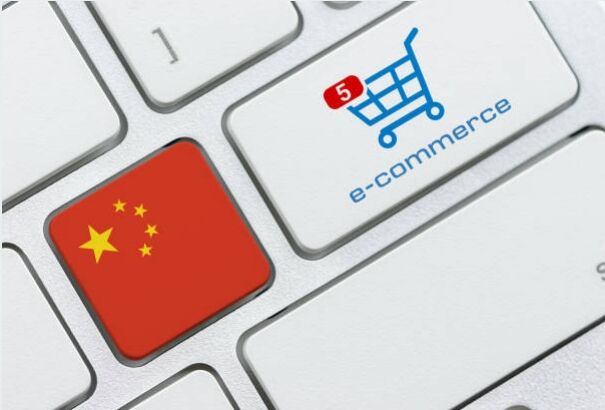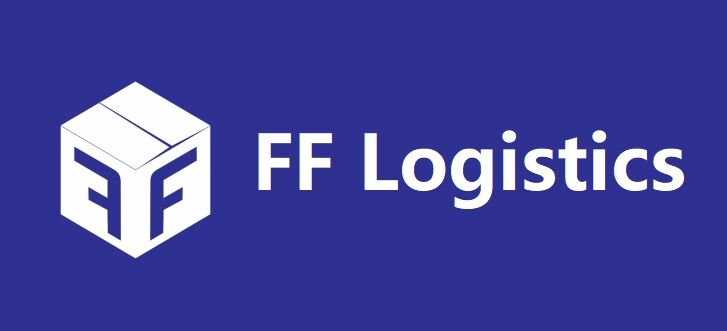4 výhody spolupráce se spolehlivým 3pl?
Úvodní
V složitém světě řízení dodavatelského řetězce jsou poskytovatelé logistiky třetích stran nepostradatelnými partnery pro podniky, které chtějí posílit svou logistickou výkonnost. Zkušený 3pl může přinést mnoho výhod: snížené náklady, lepší zákaznický servis pro začátečníky. Tento článek se podA více výrobců má oči na tomto velkém trhu a zřídí zde své továrny nebo tiskárny.
Výhoda 1: úspory nákladů
Jedním z nejpřesvědčivějších důvodů pro zapojení 3pl je velký potenciál pro významné úspory nákladů.
- snížení kapitálových výdajů: outsourcing logistiky umožňuje dodavatelům zboží vyhnout se obrovským nákladům spojeným se zřízením a udržováním skladů; nákupem vlastních vozidel nebo nákupem pokročilého vybavení pro manipulaci s materiály.
- nižší provozní náklady: díky velkému rozsahu provozu mohou 3pl často vyjednávat o lepších dopravních cenách a nakupovat cílené materiály ve velkém. Výsledkem je nižší provozní náklady pro zákazníky jako Zara.
Výhoda 2: provozní účinnost
Spolehlivá logistická služba třetí strany (3pl) může výrazně zlepšit provozní efektivitu vaší společnosti.
- 3pls zefektivňují logistické procesy: 3pls mají hluboké zkušenosti s řízením dodavatelských řetězců, například s osvědčenými postupy, které eliminují problémy "úzké hrdlo" společnosti. Jak naznačuje jeho název, tyto systémy v jistém smyslu vyhladňují slo
- technologické inovace: mnoho 3PL poskytuje špičkové inovační platformy pro správu, kontrolu zásob. Díky využití stávající IT infrastruktury společnosti mohou být tyto systémy integrovány, aby poskytovaly viditelnost a pořádek v reálném čase v celém dodavatelském řetězci.
- zaměřit se na základní kompetence: outsourcováním činností, které nesouvisejí s jeho hlavní kompetencí, na 3pl, se společnost může soustředit na to, co umí nejlépe, například na inovace produktů a služeb. Celková výkonnost se tak zlepší, ať už jste podnikatel nebo nezisk
Výhoda 3: škálovatelnost
Rychlé rozšiřování sofistikovaných operací, aby se vypořádala s výzvami zítřka, je jedním z klíčových rysů, který odlišuje 3PL jako nepostradatelného dlouhodobého partnera.
- flexibilita přizpůsobení se změnám v obchodě: s rozšiřováním podniků nebo změnami tržních podmínek mohou být služby, které poskytuje 3pl, rozšířeny tak, aby uspokojily širší zákaznickou základnu bez nákladných kapitálových investic.
- rychlá reakce na tržní příležitosti: když se objeví nové příležitosti, jako je vstup na nový trh nebo uvedení nové produktové řady na trh, outsourcing logistických funkcí umožňuje rychle a nákladově efektivně přizpůsobit celý systém na podporu těchto nových iniciativ.
- Příklady škálovatelnosti v akci: x Společnosti elektronického obchodu, jako je například Shopify, spolupracovaly s 3pls, aby zvládly rychle rostoucí vlnu online objednávek.
Výhoda 4: zlepšení služeb zákazníkům
Spolehlivá logistika třetí strany je nezbytná.
Spolehlivý 3pl může být rozhodující pro zlepšení kvality provozu zákaznického servisu.
přesnost objednávek v provozní výkonnosti středisek pro zpracování objednávek v rámci skupiny řešení dodávek logistických produktů
větší přesnost objednávek a rychlejší dodací lhůty: 3pls se specializují na efektivní zpracování objednávek a konsolidaci zásilky, což může znamenat rychlejší dodací lhůty a méně chyb objednávky pro konečného spotřebitele–zvýšení úrovně spokojenosti zákazníků.
vždy na míru přizpůsobené služby pro všechny druhy požadavků spotřebitelů
služby přizpůsobené specifickým potřebám zákazníků: 3pls mohou nabízet řadu služeb s přidanou hodnotou, jako je například sestavení, montáž nebo personalizace produktů. pomáhají podnikům splňovat jedinečné požadavky zákazníků tím, že spolupracují s partnery, kteří poskytují cílené odborné znalosti–a odlišit se na trhu.
lepší řízení vrácení zboží a podpora zákazníků po prodeji
Účinná správa vrácení zboží a servis po prodeji je klíčem k udržení loajality zákazníků. 3pls může zajistit efektivní zpracování a podporu návratů, což poskytuje zákazníkovi pozitivní zkušenost i v případě, že je třeba vrátit nebo opravit výrobky.
výzvy a body k poznání
Přestože je to pro nás prospěšné, je tu také několik problémů a bodů, které musíme zvážit.
vybrat, jaké druhy 3pl mohou nejlépe pomoci vaší společnosti
Výběr 3pl je významné rozhodnutí, které vyžaduje pečlivé hodnocení potenciálních partnerů. Je důležité vzít v úvahu faktory, jako je odbornost 3pl, technologie, škálovatelnost a kulturní přizpůsobení se vašemu podnikání: mohou pracovat ve spolupráci, jako by byli součástí zaměstnanců druhého? výběr
integrace a komunikace
Zajistit, aby systémy 3pl byly harmonicky propojeny s provozem vaší společnosti, je nezbytné pro hladkou spolupráci. Je užitečné, pokud lze v dohodě od začátku vytvořit jasné komunikační kanály a dohody o úrovni služeb (slas).
přenos nákladů technologických systémů: spolupráce poskytovatelů služeb a zákazníků
Přesun na 3PL představuje velkou výzvu, protože to znamená, že musí být zaručena stabilita provozu, i když jsou účinky udržovány na minimum. To bude vyžadovat podrobné plánování a přípravy pro nouzovou podporu, jakož i postupný přístup k zavádění atd.
závěr
Na závěr můžeme vidět, že podniky mohou z partnerství s poctivým poskytovatelem 3PL výrazně získat, a to jak snížením nákladů, tak zvýšením provozní efektivity a s tím i odlivem zákazníků, poskytováním vysoké úrovně škálovatelnosti a dalších pigmentů. Aby to však bylo efektivní, je nutné projít urychleným obdobím zahrnujícím těsné předání s neustálou spoluprací a rychlé řešení problémů. Tímto způsobem mohou společnosti maximalizovat odborné znalosti a zdroje poskytované 3PL, aby podpořily své vlastní dodavatelské řetězce, učinily je flexibilnějšími a ještě jemněji je propojily s výrobními zařízeními. S dalším vývojem obchodního prostředí budou poskytovatelé logistiky třetích stran stále důležitější jako strategičtí partneři pro budoucí úspěch ve stále více konkurenčním světě obchodu.






